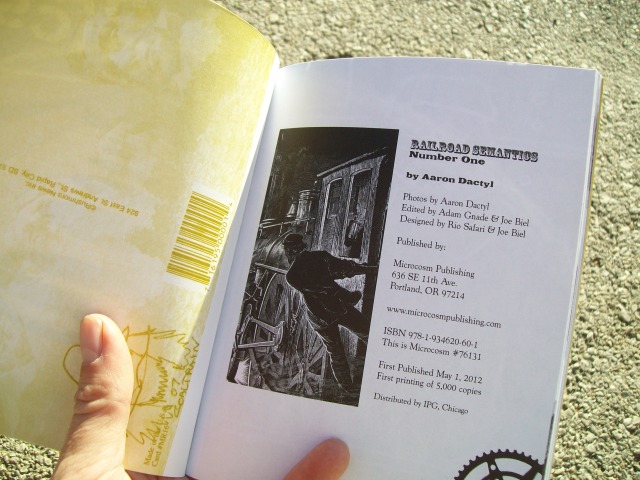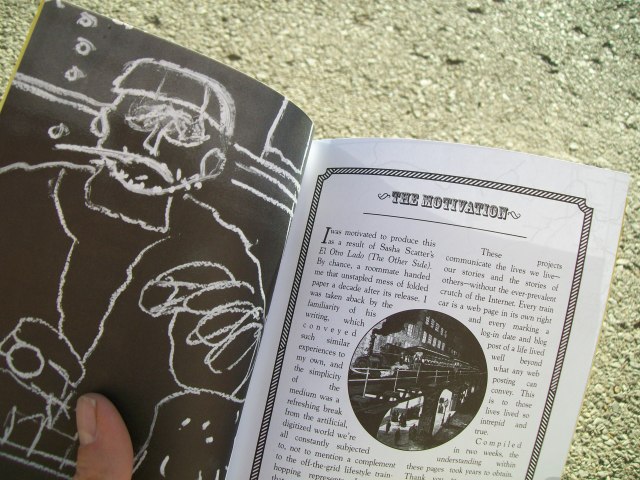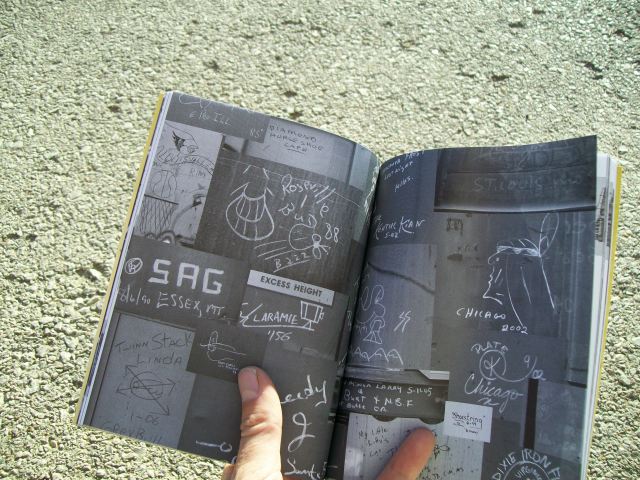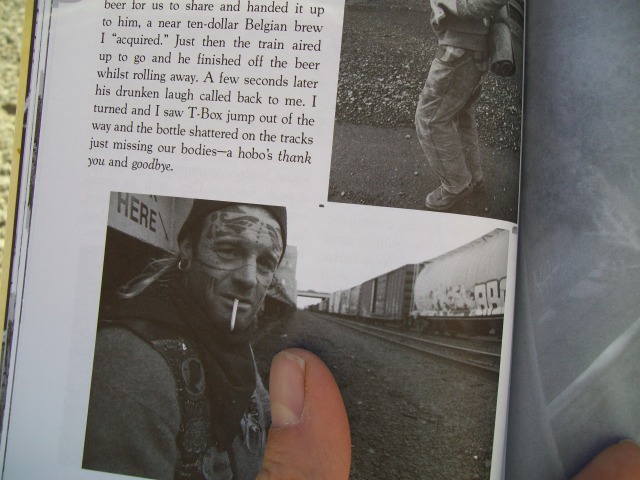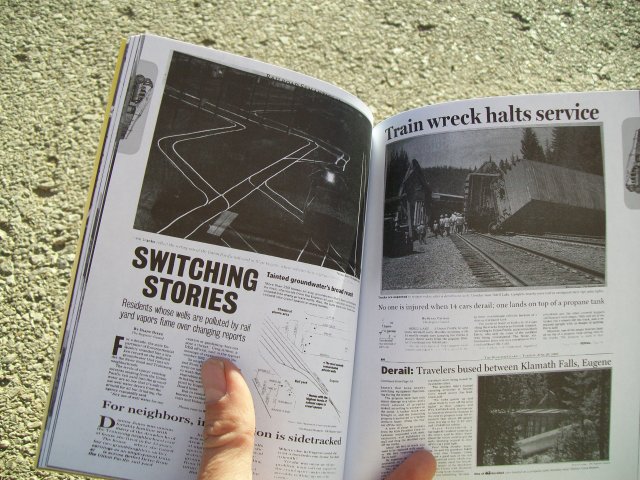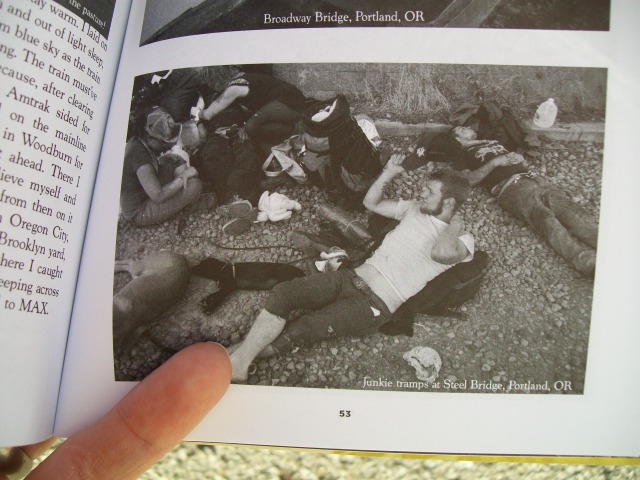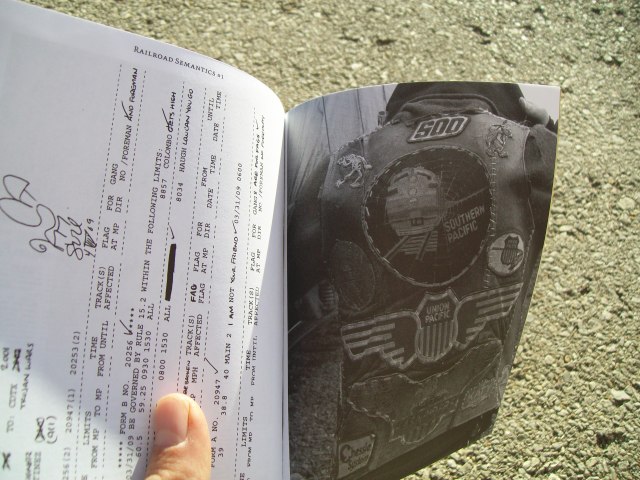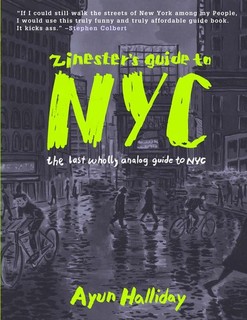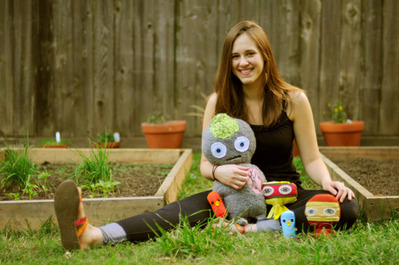Just in time for the release of the new Muppet film, we interviewed Stitching Together‘s author/artist, Ed Choy Moorman! Stitching Together is a collection of Muppet-related comics—a series of shorties backing up the zine’s showpiece: an epic look at the life, career, and death of Jim Henson. It’s a wide-spanning portrait of the dude, from youth and young manhood, to hittin’ it big in the 1970s with most sensational, inspirational, celebrational Muppetational Muppet Show (and beyond). The final piece in the zine, a pilgrimage to Henson’s former home (as told in comic frame Polaroid snapshots) is heartbreaking and smart and bittersweetly funny.Published by Bare Bones Press, Ed Choy Moorman’s comics are beautifully drawn (think Nate Powell meets Fart Party) and capture all the sweep and movement of one man’s extraordinary life.
Q: So, how did the Stitching Together zine come about?
A: I made the center story, the tiny bio of Jim Henson, as a response to an assignment for a nonfiction comic in Zak Sally’s class at MCAD. Later, I realized I had been doing work referencing the Muppets for years, and threw them in, along with some other stuff, in the first version of the zine. For the second printing I changed the title, redid the cover (and again for the most recent version), threw out one piece and added the story about visiting Henson’s hometown, which had
happened after the first printing.
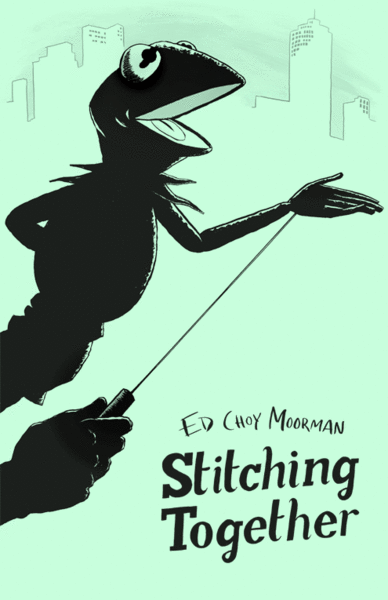
Q: When you say you’d been referencing the Muppets for years, where else did Muppet stuff pop up in past work?
A: In my first comics class at MCAD, taught by Barb Schulz, we had an assignment to do a biography of a fictional or real person, out of five choices voted on by the class. One student threw out Dr. Bunsen Honeydew, Beaker’s tormentor, and I drew a page on him. I used a friend’s childhood crush on Kermit as a detail in a coming-of-age story–but from an older perspective, with the character talking about the childhood crush. If I did it now, I’d show the crush developing.
And I did other stuff that referenced them, but it was hoity-toity and embarrassing.
Q: Are there any Muppets who seem like folks you know in your life?
A: The old blue-collar Chicago guys at my old letterpress studio job reminded me of Statdler and Waldorf. I can be Fozzie, self-conscious and eager to please. I’ve known Miss Piggys, and I love them.
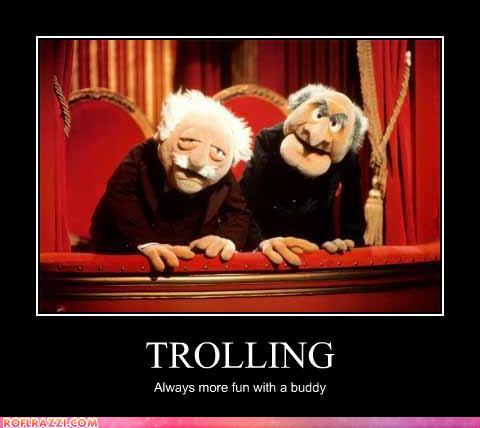
Q: What’s your favorite Muppet movie?
A: I like Muppets Take Manhattan for its balance of gags and lonely, quiet bits.
Q: Any you really didn’t like? I saw Muppets from Space recently and it was a massive letdown.
A: It was for me, too, though I wasn’t expecting much. Kermit fell under the Mickey trap–the team working with him drained the life out of him and made him a milquetoast. In his original version, Kermit would at times get angry and butt heads with the other Muppets when things would blow up. If his character can’t have human reactions and drives, he’s not Kermit. There is one later Muppet movie that I like, though, Kermit’s Swamp Years.
Q: You excited to see the new Muppet movie that came out a couple days ago?
A: I’m looking forward to it, it sounds like it should be fun, and it comes out on my birthday. That said, I think of any Muppet stuff following the deaths of Henson and Richard Hunt and the thinning out of the original teams as not the Muppets. “Queen & Paul Rogers” isn’t Queen, after all.
Q: I hear ya. Did you ever see the original Muppet sketches on the old Saturday Night Live? That shit was dark! And druggy.
A: I haven’t! As anyone who saw that touring museum show can say, their body of work is amazing, in that they produced so much great stuff, experimented constantly, and most of it remains uncollected. I’d especially like to see Henson’s experimental films like Time Piece collected on a DVD.
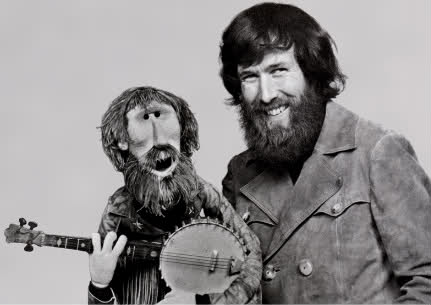
Q: What’s next for you, zine-wise?
A: I’m finishing up a comic adaptation of James Joyce’s “Araby” from Dubliners for an anthology called The Graphic Canon. I’ll also put out that story as a minicomic, and pad it out with some new stuff about Joyce’s dirty letters. I’m also collaborating with Sam Sharpe (I wrote, he draws) on a comic for 2D Cloud’s anthology Little Heart, about a transgendered kid who finds a book in the library stacks that knocks their socks off. I’m also doing some other stuff that I can’t talk about yet.
Q: I love Joyce. Those letters are great too. I mean, it’s not surprising if you’ve made it to Molly’s soliloquy in Ulysses or Bloom’s episode at the baths but I think they still catch folks off guard. When will the Sam Sharpe colab be out? Looking forward to that. Sounds outstanding.
A: If a beautifully-worded fart fetish doesn’t catch you off-guard, I’m impressed. Thank you. I’m excited too, Sam’s wonderful. I’m not sure when. Spring maybe. I’ll be announcing it on @edchoymoorman on twitter and I’m sure 2D Cloud will too.
Look for Moorman’s Stitching Together here.

